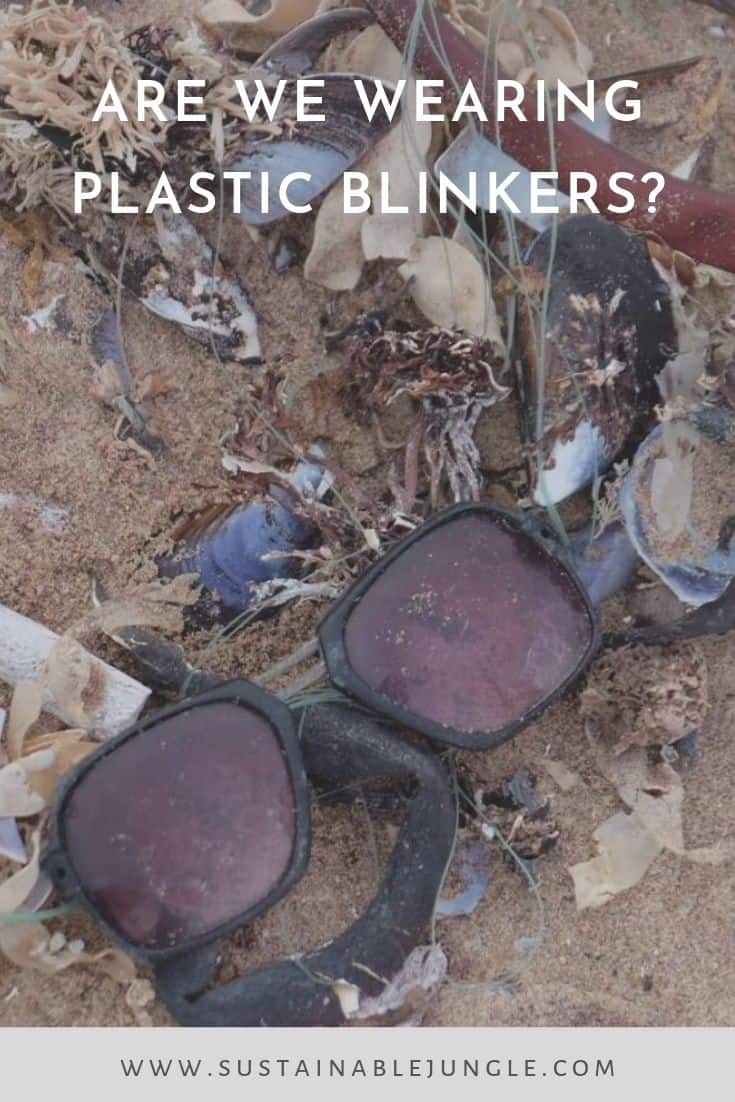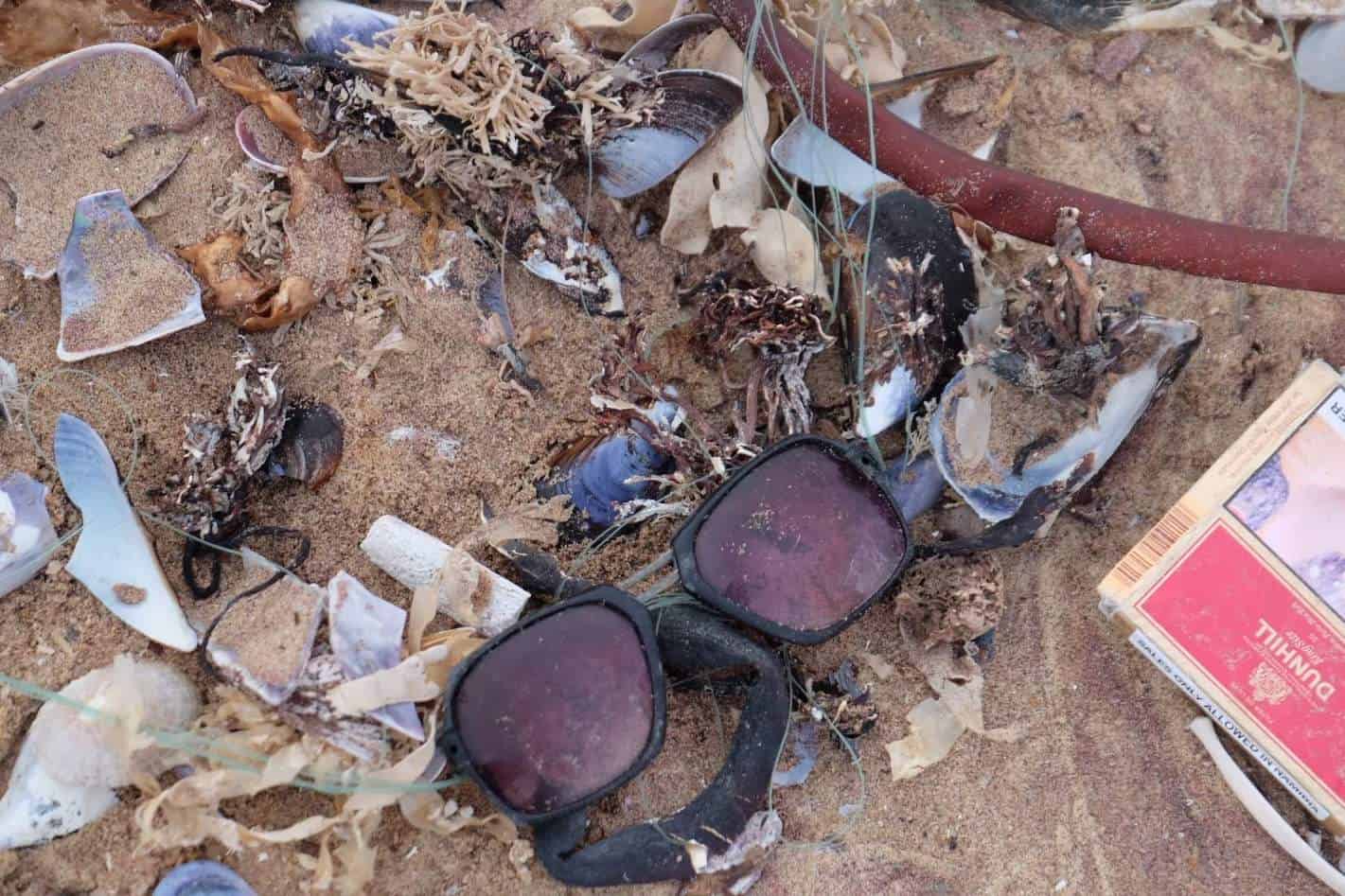
Plastic Blinkers and Biodiversity Loss: Is Plastic Blinding Us To Larger Environmental Issues?
We love to hate plastic.
Driven by images of tangled turtles and eco documentaries like A Plastic Ocean, The Blue Planet, and Australia’s War on Waste, plastic has become the primary target for environmental action.
Combined with shock-value statistics like the World Economic Forum’s (WEF) projection that by 2050, plastic will outweigh fish, it’s hardly any wonder.
The plastic free movement has had a lot of positive impact: plastic use policy changes, legal plastic bag fees and bans, and in general more conscientiousness about exposure to BPAs and toxins.
This movement has been immensely productive, uplifting and inspirational and we are proud to be part of it and living a (mostly) zero waste lifestyle ourselves.
But as a recent WEF article questions, is plastic really the core problem or just a small link in a much bigger chain? Are we just using it as a convenient distraction from bigger issues?
The answer is YES… let’s see why:
WE’VE ALREADY EXCEEDED THREE PLANETARY BOUNDARIES
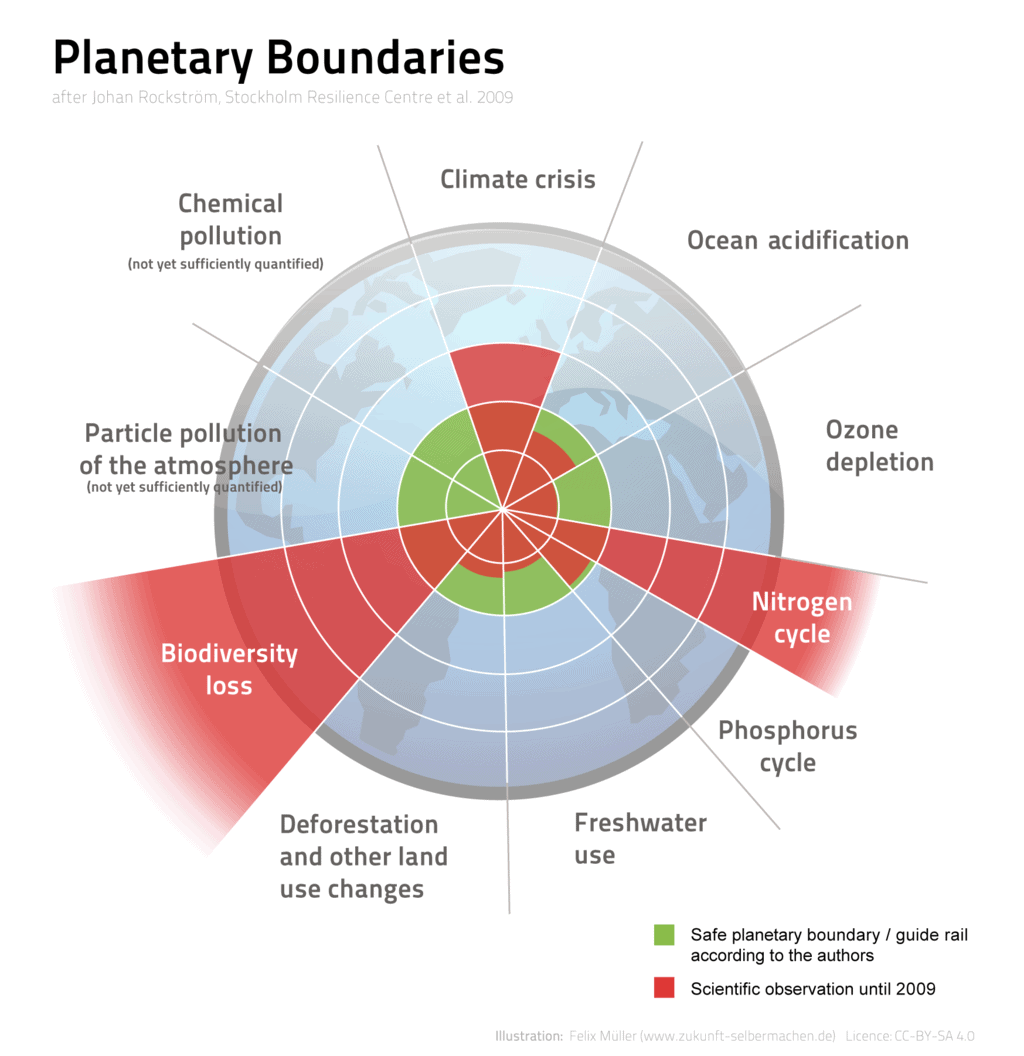
In 2009, researchers from the Stockholm Resilience Centre and Australian National University introduced the concept of planetary boundaries, quantifying limits of safe human/environmental interaction. These boundaries include:
- climate change
- oceanic acidification
- ozone depletion
- nitrogen and phosphorus cycle
- freshwater use
- land system change
- biodiversity loss
- chemical pollution
- particle pollution
Of these nine boundaries, three areas are over their boundary: nitrogen flows, climate change, and biodiversity loss. The latter two are considered “core” boundaries” bearing particularly nasty consequences when exceeded.
From the original study published in Ecology and Society, “Transgressing one or more planetary boundaries may be deleterious or even catastrophic [and] trigger non-linear, abrupt environmental change with continental to planetary-scale systems.”
In layman’s terms, it’s bad news.
THE FARTHEST, MOST ALARMING BOUNDARY BREACH IS BIODIVERSITY LOSS
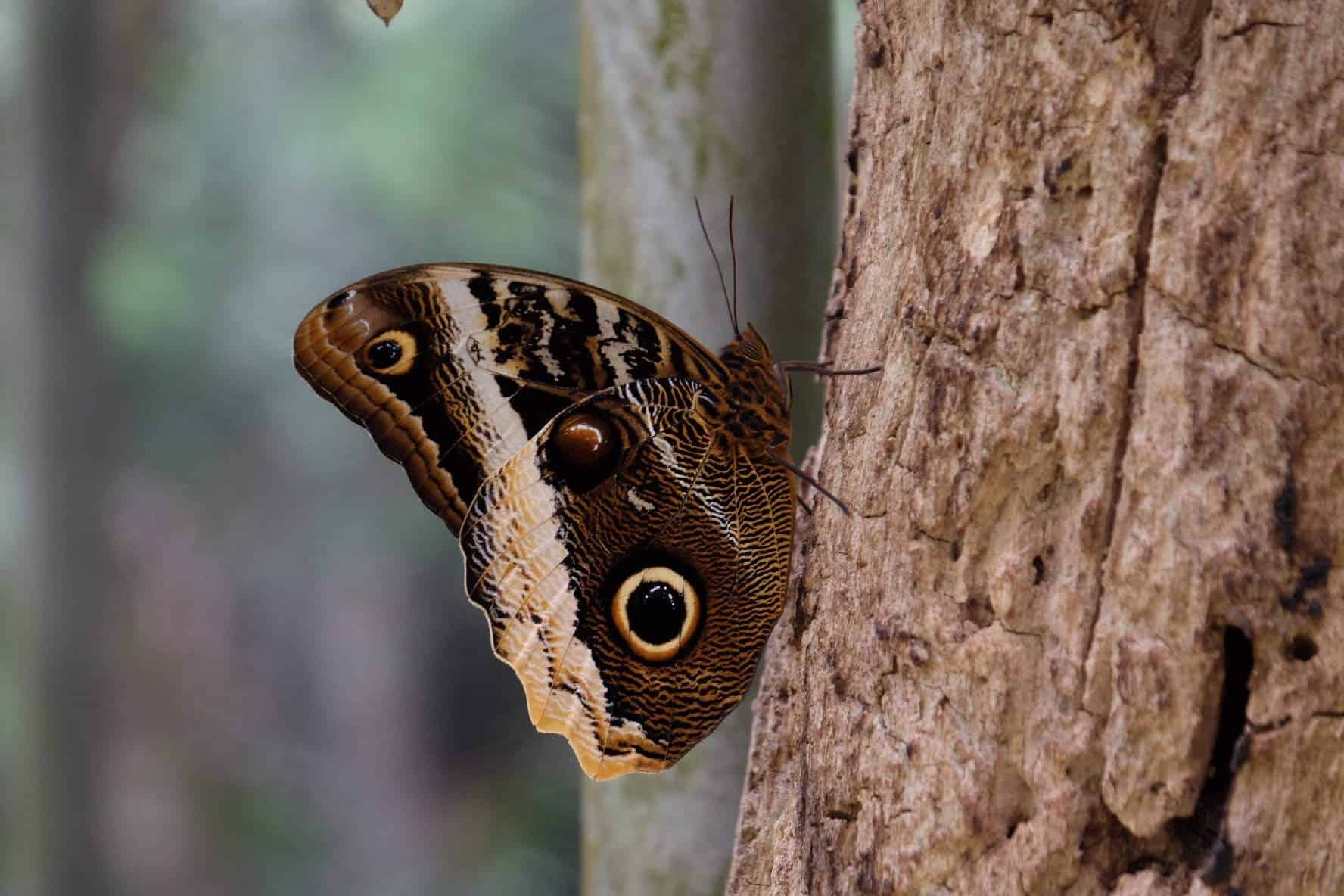
The World Wild Fund refers to biodiversity as “the web of life”.
Loss of biodiversity, then, refers to plant and animal species reduction or extinction, either worldwide or in specific habitats, and subsequent breaking apart of interdependent ecosystems.
Its consequences are grave.
Ironically, nowhere is this demonstrated more enormously than by earth’s smallest creatures: insects. In the last three decades, insect numbers have fallen 2.5% per year and 40% of all insect species are declining. Biologist Francisco Sanchez-Bayo commented on the decline’s rapidity: “In 10 years you will have a quarter less, in 50 years only half left and in 100 years you will have none.”
This extinction rate is 8x faster than that of other animals.
These decreases are especially prominent in areas of mass agriculture where pesticides, insecticides, herbicides, and fertilizers adversely affect butterflies and moths (among the worst affected at a 58% decade-long decline), bees, worms, beetles (like the dung beetle which bears the important job of removing animal waste), among others.
But wait…They’re just bugs! Who needs them?
Many creatures, actually… including humans. First, they’re decomposers, soil aerators, and pollinators (i.e. a key contributor to food supply). Second, the devastation of insects triggers domino effects up the food chain, starting with birds, reptiles, amphibians, fish, and other insectivores.
Aberdeen University studies linked cuckoo declines to that of tiger moth caterpillars and other researchers have confirmed a causal (not just correlational) link between chemical use and both bird and insect declines.
Insects may seem small, but their ecological importance is paramount.
As Harvard biologist Edward O Wilson notes in the Guardian, “If all humankind were to disappear, the world would regenerate back to the rich state of equilibrium that existed 10,000 years ago. If insects were to vanish, the environment would collapse into chaos.”
Insects aren’t the only victims to land development, either. Orangutan numbers have halved since 1995 due to habitat-destroying palm oil plantations.
Other mammals like elephants and rhinos are falling victim to poaching. To learn more, listen to this podcast interview with Bonné de Bod, creator of the award-winning film STROOP: Journey Into the Rhino Horn War.
AGRICULTURAL CHEMICALS CAUSE CHANGES IN NITROGEN FLOWS
Recent studies have found elevated fixed nitrogen levels in the biosphere.
Nitrogen emissions come from both fertilizers and farm animal sewage, which leaches into water supplies causing human cancer and eutrophication (leading to fish hypoxia and algal blooms).
It also acts as a greenhouse gas particularly adept at trapping heat in the atmosphere (300x more than carbon dioxide!), according to The Conversation.
CLIMATE CHANGE…THE SLOW BURN OF OUR DEMISE

In a nutshell, climate change is a global pattern of unusual temperatures, increased extreme weather events, rising sea levels, and glacial melting.
The causes, even more complex than the problem, boil down to increased CO2 emissions (aka greenhouse gases) that trap heat in the earth’s atmosphere. A plethora of evidence in our pocket, we know it’s happening, yet still we’re not making progress to alter its course.
Plastic activism, while aiming to remedy (and doing a great job!) a subset of the core problem, isn’t going to matter if the earth’s core temperature keeps rising.
HOW DO WE TURN THE TIDE?
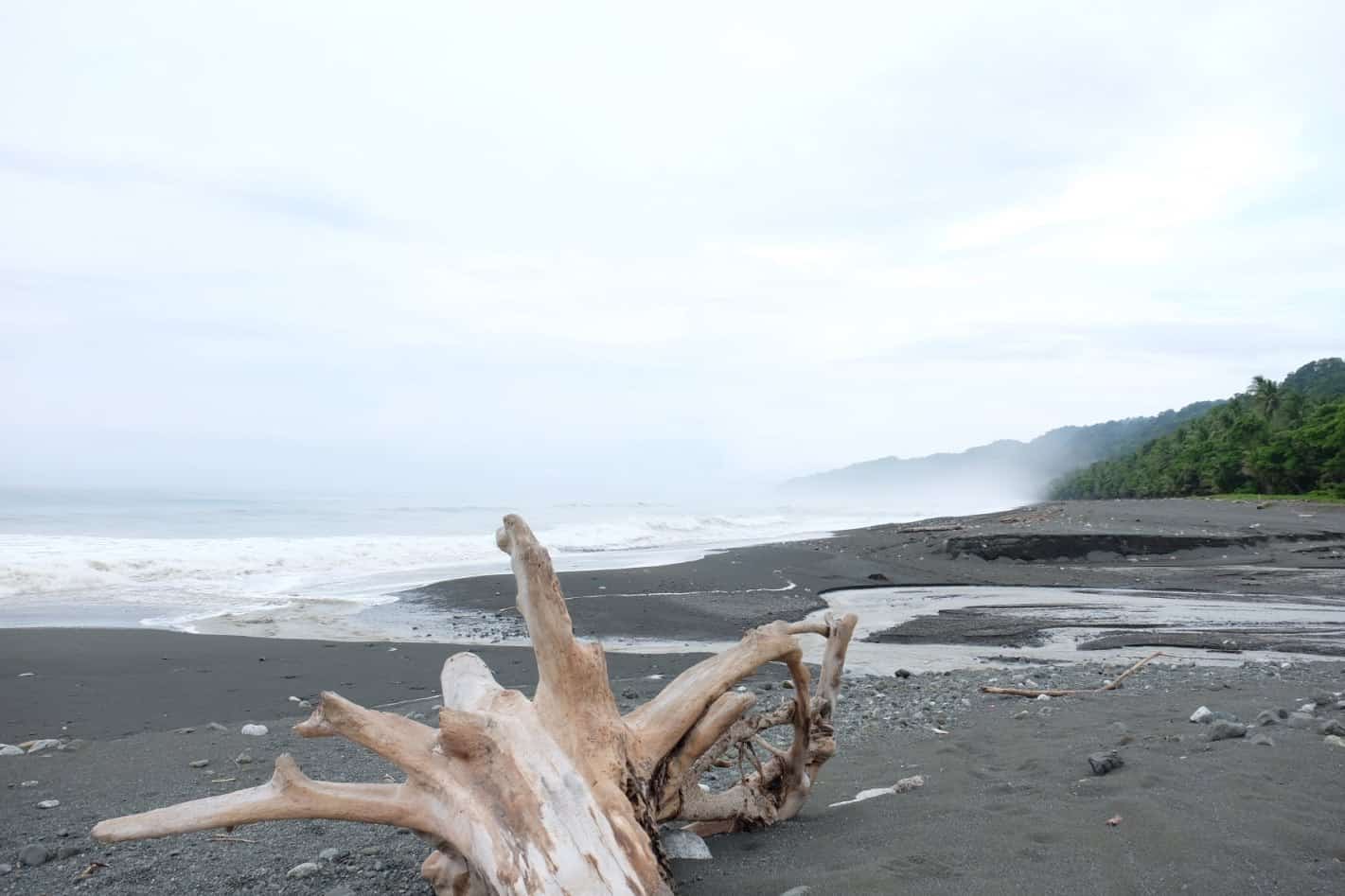
With so many grim changes happening at an overwhelming speed, it’s hard to conceptualize the necessary changes before it’s too late.
1. Make fossil fuels a thing of the past
Let’s start by decarbonizing our economy and eliminating our reliance on fossil fuels, for which 80% of our global energy is still derived according to the International Energy Agency.
Burning fossil fuels accounts for 75% of CO2 emissions, leading to nitrogen flow increases and climate change.
2. Amplify efforts to protect green areas
We’ve actually done really well in this area, but we need to keep the ball rolling!
According to the International Union for Conservation of Nature, 10% of Earth’s waters and 14.7% of land (just 2.3% shy of the Convention on Biological Diversity’s 2020 global conservation goal) are protected through national parks, wildlife reserves, and the like.
That’s a big increase since the previous decade, especially for marine areas (300% to be exact!)
Still, key areas lack complete protection.
3. Control our consumerism
More than anything, however, we need to massively reduce our (borrowing biologist Edward O. Wilson’s term) “unfettered consumption”.
Between human overpopulation, free market economies, and societal value of materialism, high demand yields even higher production and surplus waste.
Bringing it back to biodiversity loss, let’s focus on food production.
In agriculture, over 40% of yields are wasted before even reaching consumer hands. Instead of industrial-scale farming laden with toxic chemicals, we should aim to organically produce only what we need, using the latest and greatest regenerative agriculture approaches.
Let the little critters play their important role!
4. Get inspired to care about more than just ourselves
Above all, we NEED to stop seeing the world as a resource that exists purely for human use.
For some fantastic points on the need to overhaul and re-design our mindset, check out the podcast “Keeping Your Cup Full and Africa’s Well-being Economy” with Justine Braby and “Desert Permaculture” with Fabian von Hase.
THERE IS STILL HOPE
Cleaning up our act means more than the cleaning the side of the highway, but despite its distractions, the plastic movement has shown what we humans are capable of when we care. It’s time we start caring about harder hitting issues and tackle them with the same tenacity.
Let our successes inspire us to do more!
Many great projects have already started, like the UN Environment’s #SolveDifferent, school strikes for climate, and Nature Needs Half (an ambitious project which aims to protect 50% of the planet by 2030 – you can sign the declaration, too!). These are all awesome, but we want more.
Individually, start reducing your carbon footprint along with plastic use by making these changes:
- Be a conscious (and minimalist) consumer. Large-scale systemic changes to the supply will only happen if the demand wills it.
- Select organic products that don’t rely on insect killing chemicals.
- Choose beauty products free from rainforest devastating palm oil.
Ultimately, the planet’s welfare is in our very capable hands but it takes genuine effort on our part.
As Rick Stafford and Peter JS Jones writes, “We must reform the way we live rather than tweak the choices we make.”
